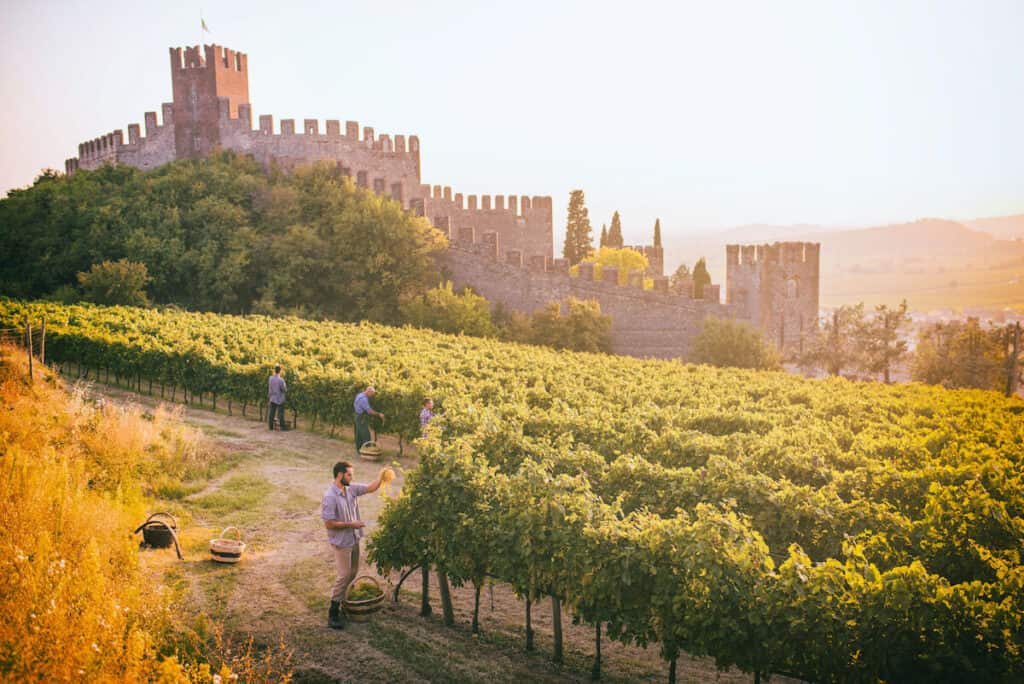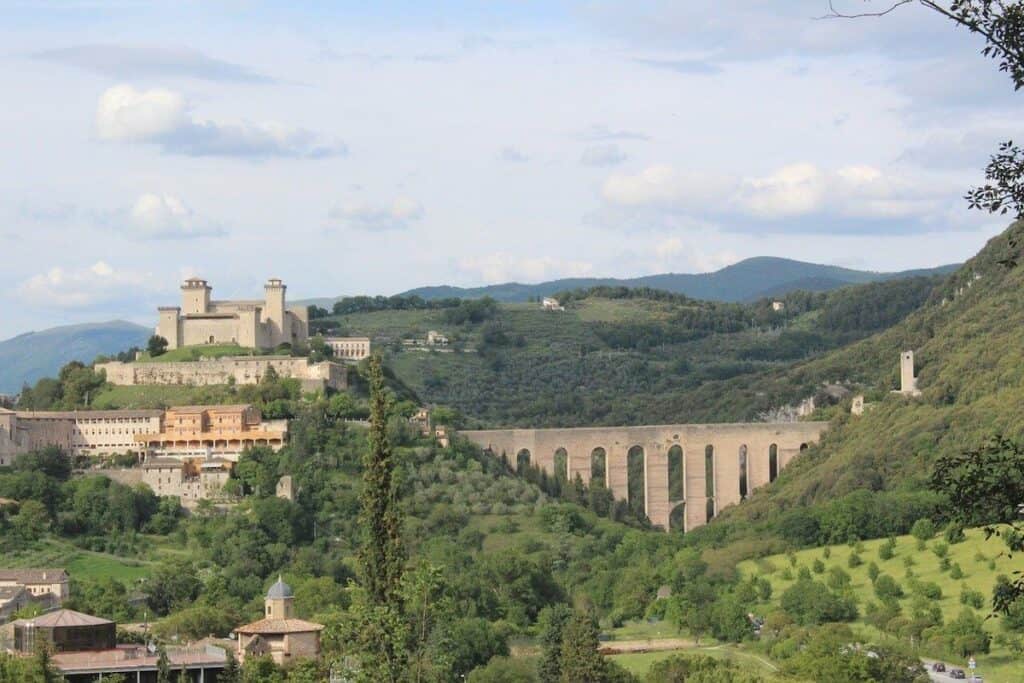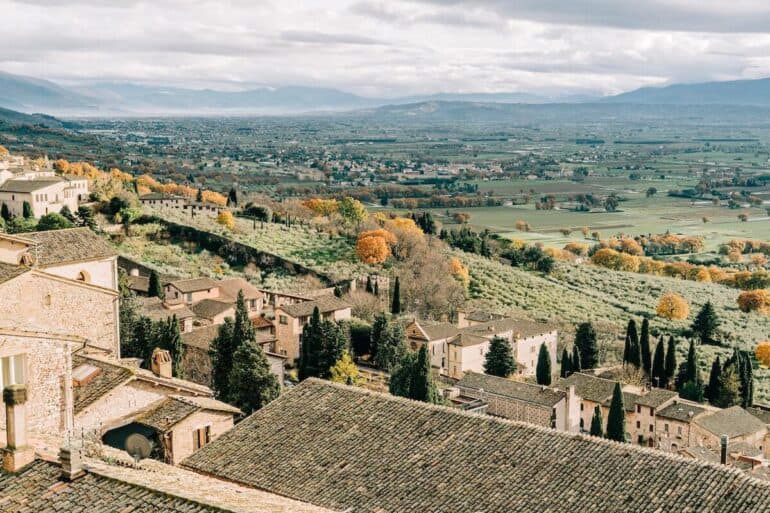Why it’s important to preserve agricultural systems?
For most of history, humans have been nomadic hunter-gatherers. Then, around 8.500 BC, through ingenuity they have slowly came up with agriculture. It took thousands of years of developments, trials and errors to get where we are today. Now we have almost eight billion mouths to feed, and around 37% of the land’s surface is devoted to agricultural purposes, resulting in an incredibly high environmental footprint.
With the global population set to grow to twelve billion by 2050, the demand for food will only increase, and sustainable agricultural solutions are of pivotal importance to ensure food security in the face of climate change and other challenging situations like the COVID-19 pandemic that we are suffering now. It is here that the Food and Agriculture Organization of the United Nations (FAO) Globally Important Agricultural Heritage Systems (GIAHS) become of crucial importance.
What are GIAHS?
GIAHS are agri-cultural systems that have evolved throughout the centuries, some of them in harsh climatic conditions and the most remote environments. Still, they managed to survive and thrive thanks to the creativity, ingeniousness, and resourcefulness of farming communities across the world. Even today, GIAHS have plenty of contributions to make to modern agricultural systems and preserving them has become an urgent matter. The goals of this global initiative are manifold. According to FAO, the program
“aims to identify, support and safeguard agricultural systems that sustain and conserve our biodiversity and genetic resources for food and agriculture, rural livelihoods, knowledge systems, cultures and remarkable landscapes.”
So far, FAO has designated 62 agricultural heritage systems in 22 countries, with the intention of protecting them from the irreversible threats and challenges posed by the rapid changes of our globalized world. According to FAO, a GIAHS is
“a living, evolving system of human communities in an intricate relationship with their territory, cultural or agricultural landscape or biophysical and wider social environment.”
These unique systems are not static heritage systems, but, according to FAO, they are in constant evolution and adaptation “encompassing a holistic vision of “agri-culture.” In Italy, two of these unique agricultural systems have been designated.
The Soave Traditional Vineyards (Veneto)

Amidst the gentle, rolling hills near the city of Verona, the traditional Soave Vineyards have become the first Italian GIAHS in 2018. The area produces a richly textured white wine, the Recioto di Soave, that comes from the carefully selected Garganega and Trebbiano di Soave grapes growing on the volcanic and calcareous soil of the area. This agricultural system is truly unique and fruit of centuries of agricultural development.
It is based on mostly manual work, a special hydraulic system made of dry-stone walls and terraces–recently recognized as a world intangible cultural heritage from UNESCO–a special grape drying system, and the “pergola veronese,” a traditional scaffolding used to sustain the vines. The Soave consortium, composed by almost 3000 families who own at least one “campo veronese” – a traditional land measure that corresponds to around a quarter of a hectare – has been fighting against the abandonment of the hills and erosive phenomena for years.
“The benefit of being a GIAHS, is to receive a recognition for all the hard work that goes in this type of hillside cultivation, and the possibility of receiving regional and European funding,” says Chiara Mattiello, Communications and Marketing Manager for the consortium. “Values and centuries-old traditions, handed down from generation to generation today are still alive and carried forward by the young people who are entering this world.”
Charming in every season, visitors are welcome year round, and the area is perfect for slow tourism lovers. The Soave Wine Road and the Ten Capitelli shrines offer a unique itinerary across this landscape of incredible beauty.
The Olive Groves of the Slopes between Assisi and Spoleto (Umbria)

A little further South, in the Umbria region of central Italy, are instead the olive groves of the slopes between Assisi and Spoleto. Since 2016, six Umbrian municipalities of the province of Perugia have been working on a project to enhance and develop the beauty of the area, now known as the “Fascia Olivata Assisi-Spoleto.” The unique landscape, characterized by a 40 kilometers coat of green foothills of olive groves, was recognized as a GIAHS in 2018, and is the main olive-growing area of central Italy.
The 5000 people working this land have some precise goals in mind, among which are the valorization of the cultural and artistic heritage of the area, the promotion of its tourism and economy, and the protection of biodiversity. The project adopted a bottom-up approach based on sustainability and the protection of this unique landscape through the help of local farmers and their traditional knowledge.
“In this area the culture of oil has deep roots and represents an extraordinary encounter between nature and human work in function of the cultivation of this plant species and the production of extra virgin olive oil,” says Marco Bencivenga, project coordinator for the Fascia Olivata.
A large part of the surface area is covered by dry stone walls, which allow the growth of unique specimens of olive trees, both genetically and aesthetically. “This landscape has been managed by countless generations of farmers who have been growing olive trees and producing oil using only natural resources of the place, with management practices adapted to local needs and socio-cultural and ecological synergies,” says Bencivenga.
All these realities are connected through the Sentiero degli Ulivi, a series of treks and paths along the olive belt, which allow visitors to live a unique journey through the history and culture of a traditionally Mediterranean staple food.



